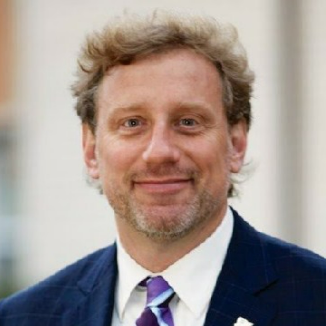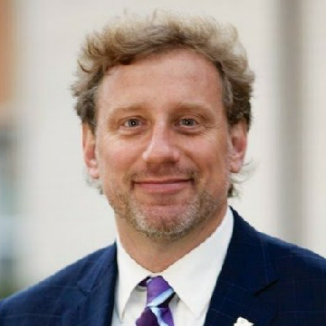
From Arrest to Access: Deflection as the Pathway for Public Health & Treatment to Work with Law Enforcement
From Arrest to Access: Deflection as the Pathway for Public Health & Treatment to Work with Law Enforcement
Pricing
Information
Date & Time
-
-
Description
Jac A. Charlier, MPA, Executive Director of TASC’s Center for Health and Justice (CHJ) and co-founder of the Police, Treatment, and Community Collaborative (PTACC)—the national and global voice of deflection—will present on the development of deflection, the data demonstrating its impact, and the pressing need for treatment and public health systems to serve as co-leaders in this field.
Deflection is a rapidly growing global movement that sits at the intersection of policing, drugs, treatment, recovery, and public health. It is more than an alternative to arrest and criminal charges; it is a public safety and public health strategy designed to save lives, expand access to healing and recovery, and reduce drug-related crime.
Across the country, communities continue to face rising challenges at the intersection of substance use, mental health, and public safety. Too often, individuals only receive care after reaching the point of overdose, arrest, or acute crisis. Historically, first responders had only two options: arrest or take no action—neither of which addressed the underlying behavioral health needs driving repeated justice involvement and worsening outcomes.
Deflection introduces a critical “third option.” Defined as an early, upstream, preventive approach, deflection creates community-based pathways to treatment, housing, recovery, and supportive services before the filing of criminal charges (even if an arrest occurs), avoiding unnecessary justice involvement. Unlike diversion, which occurs after charges are filed and an individual enters the justice system, deflection is community-centered and designed to promote health and reduce crime by connecting people at the earliest point possible.
The evidence base for deflection continues to grow. More than 85% of first responder deflection programs have launched since 2016. Nearly 90% provide proactive community outreach, and over half connect individuals to services through personal “warm handoffs.” Many programs link individuals to medication-assisted treatment and peer recovery coaches, demonstrating strong alignment with public health. Yet significant gaps remain: fewer than one-third of programs offer comprehensive training in trauma-informed care and motivational interviewing.
These findings underscore why treatment and public health professionals must be fully engaged in the design and delivery of deflection alongside law enforcement partners. Historically, these systems have operated separately. Deflection is changing that reality, revealing their interdependence. Behavioral health systems bring the expertise needed to close training gaps, ensure fidelity to evidence-based practices, and sustain long-term recovery pathways. Inclusion of the treatment community, people with lived experience, and families is not optional—it is essential to achieving the intended outcomes of deflection.
Learning Objectives
Participants will be able to:
-
Define the concept of deflection and differentiate it from diversion and other post-justice interventions
-
Identify the behavioral health and social needs that deflection is designed to address, including substance use disorders, mental health conditions, and housing instability.
-
List the six pathways of deflection and explain their significance in community-based intervention strategies.
-
Properly place deflection in relation to drug prevention and justice diversion.
-
Summarize evidence on the growth, practices, and outcomes of deflection programs, highlighting both successes and ongoing gaps.
-
Explain why treatment and public health systems must be central to deflection frameworks to strengthen training, equity, and sustainable recovery outcomes.
Educational Goal
Presenters
Jac is a social policy expert with over 30 years’ experience in public health and harm reduction. From 2005 to 2025, he was CEO of Ana Liffey Drug Project, Ireland’s first harm reduction service (est. 1982), where he led rights-based, person-centred responses to drug use and social support. Tony has worked across frontline outreach, policy reform, and international collaboration—always focused on reducing drug-related harm and improving access to services for people with complex needs.
He now works independently with organisations across Europe and beyond. He is Chair of Correlation – European Harm Reduction Network, a Trustee of the Harm Reduction International Board, and an Adjunct Teaching Fellow at Trinity College Dublin.
Financially Sponsored By
- GXC Events - The Global Exchange Conference
